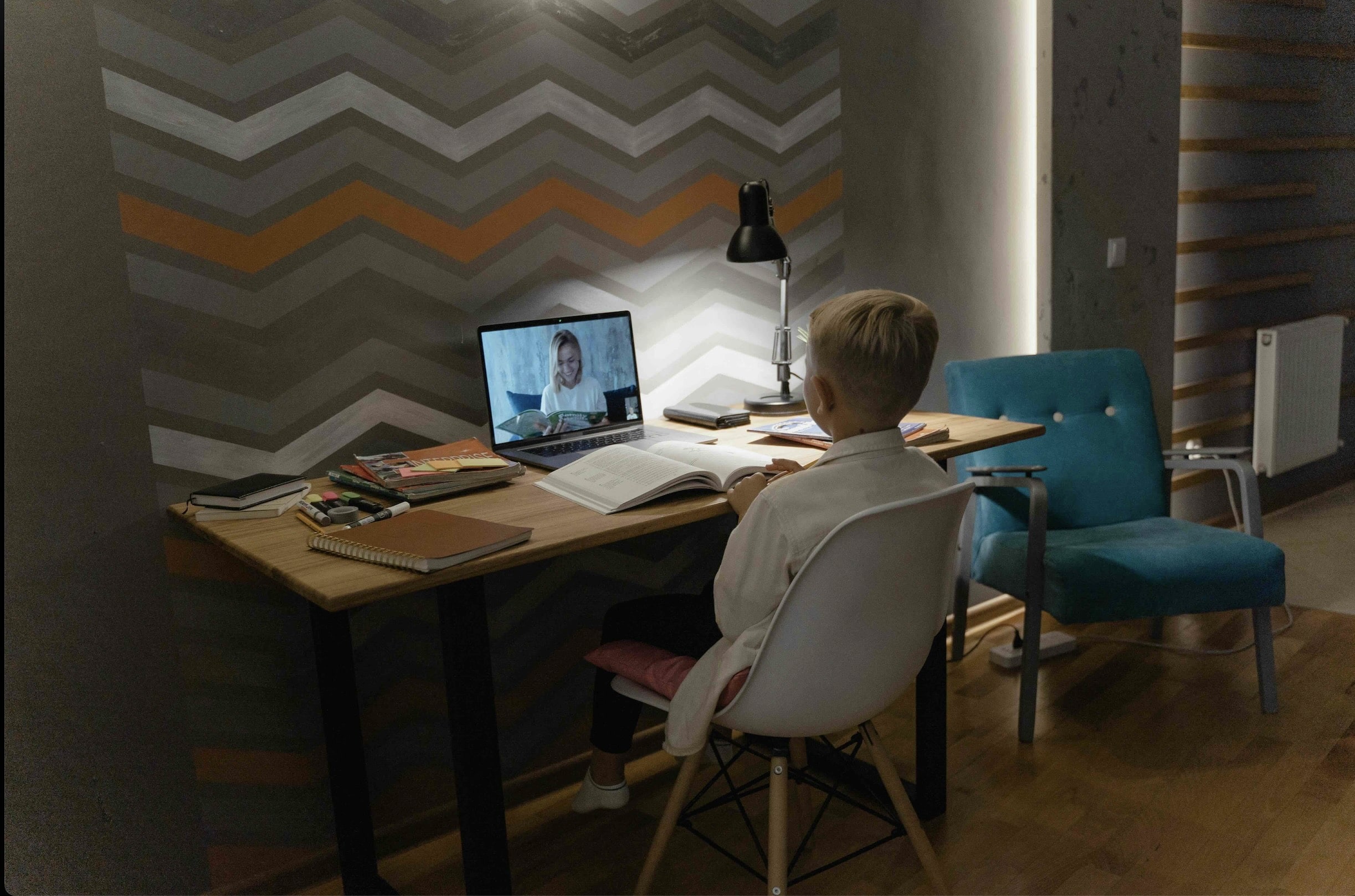Yes, the ADA Requires Web Accessibility for Higher Education Institutions An important and often forgotten fact,…

Enhancing Accessibility in Government and Higher Education Media Communications
In an increasingly digital world, ensuring equal access to information and services has become paramount for government agencies and higher education institutions. This guide explores the crucial role of accessibility in Government and higher education communications, such as captions, transcription, and audio description, in creating inclusive communication media environments.
Accessibility in Government and Higher Education Media Communications
Captions, transcription, and audio descriptions have become essential tools for ensuring accessibility in Government and higher education communications. These features are crucial in various contexts, including legal and judicial systems, university administrative processes, emergency communications, public meetings, training and professional development, and public information dissemination. By incorporating these accessibility measures, organizations ensure that all individuals have equal access to information and services regardless of their abilities.
Implementing these accessibility features is supported by a robust legal and regulatory framework, including the Americans with Disabilities Act (ADA), Section 508 of the Rehabilitation Act, and the Web Content Accessibility Guidelines (WCAG). Captions provide textual representation of spoken dialogue and sounds, benefiting individuals who are Deaf or hard of hearing. Audio descriptions offer spoken narration of visual elements, aiding those who are blind or have low vision. Transcription creates text versions of audio content, enhancing searchability and providing alternative formats for information consumption.
The benefits of incorporating these accessibility features extend beyond legal compliance. They enhance clarity and comprehension of multimedia content, benefit non-native speakers and those in noisy environments, and foster public trust and positive engagement. These features can improve student satisfaction, retention, and academic success in educational settings. As technology evolves, the future of accessibility in government and higher education communications looks promising, with advancements in artificial intelligence and machine learning improving the accuracy and efficiency of accessibility solutions. This ongoing innovation ensures that as communication methods evolve, the commitment to accessibility keeps pace, fostering a more inclusive and equitable society.
Legal and Regulatory Framework
Several laws and regulations mandate accessibility in public sector communications:
- Americans with Disabilities Act (ADA): Requires state and local governments to provide equal access to programs and services.
- Section 508 of the Rehabilitation Act: Mandates that federal agencies make electronic and information technology accessible to people with disabilities.
- Web Content Accessibility Guidelines (WCAG): Provides international standards for web content accessibility.
- Twenty-First Century Communications and Video Accessibility Act (CVAA): Requires captioning of online video content previously aired on television.
Key Accessibility Features
Captions
Captions provide a text version of spoken content and important sounds in videos. They benefit:
- Deaf and hard-of-hearing individuals
- Non-native speakers
- People in noisy environments
- Those who prefer reading to listening
Audio Description
Audio description provides spoken narration of visual elements in videos, benefiting:
- Blind and low-vision individuals
- People with cognitive disabilities
- Visual learners
Transcription
Transcription provides a text version of audio content, valid for:
- Search engine optimization
- Creating accessible documents
- Individuals who prefer reading to listening
Applications in Government Agencies
- Public Information and Education:
- Health education videos from the CDC
- Environmental awareness campaigns from the EPA
- Emergency Communications:
- FEMA’s emergency alerts and updates
- National Weather Service severe weather warnings
- Public Meetings and Hearings:
- City council meetings
- Congressional hearings
- Training and Professional Development:
- Federal employee onboarding materials
- Continuing education for government workers
- Legal and Judicial Proceedings:
- Court hearing transcripts
- Video recordings of trials
- Digital Services:
- Accessible online tax filing systems
- Virtual citizen support services
Higher Education Applications
- Online Learning Platforms:
- Captioned lecture videos
- Transcribed podcast assignments
- Research Presentations:
- Accessible conference presentations
- Described research posters
- Campus Events:
- Captioned commencement ceremonies
- Described campus tours
- Library Resources:
- Accessible digital archives
- Described special collections
- Administrative Communications:
- Captioned financial aid webinars
- Accessible enrollment information
- Assistive Technologies:
- Screen readers for course materials
- Speech-to-text software for assignments
Benefits of Accessibility Features
- Inclusivity and Equal Access: Ensures all individuals can engage with content regardless of abilities.
- Enhanced Learning and Comprehension: Multimodal content presentation improves information retention.
- Legal Compliance: Reduces risk of discrimination lawsuits and ensures adherence to accessibility laws.
- Improved SEO: Transcripts and captions make content more discoverable online.
- Diverse User Support: Benefits non-native speakers, visual learners, and those in sound-sensitive environments.
- Public Trust and Engagement: Demonstrates commitment to inclusivity, fostering positive public relations.
Technological Advancements
- Artificial Intelligence in Captioning:
- Machine learning algorithms improving caption accuracy
- Real-time captioning for live events
- Automated Audio Description:
- AI-generated descriptions of visual content
- Customizable description detail levels
- Speech Recognition Advancements:
- Improved accuracy for diverse accents and speaking styles
- Integration with virtual assistants for enhanced accessibility
- Virtual and Augmented Reality:
- Immersive experiences with built-in accessibility features
- Customizable sensory inputs for diverse user needs
Best Practices for Implementation
- Start with Accessibility in Mind: Incorporate accessibility from the beginning of content creation.
- Regular Audits: Conduct periodic accessibility reviews of digital content and platforms.
- User Feedback: Engage with the disability community for ongoing improvements.
- Staff Training: Educate content creators and communicators on accessibility best practices.
- Choose the Right Tools: Invest in high-quality captioning, transcription, and description services or software.
- Continuous Improvement: Stay updated on evolving accessibility standards and technologies.
Conclusion
Accessibility in Government and higher education media communications, such as captions, transcription, and audio description, co-creates an inclusive communication media environment. Incorporating these accessibility features is a legal requirement and a moral imperative for government agencies and higher education institutions. By ensuring that all individuals, regardless of their abilities, have equal access to information and services, these organizations uphold the principles of inclusivity and equal opportunity. As technology advances, the potential for even more innovative and effective accessibility solutions grows, promising a future where information is genuinely accessible to all.
***
ADA Title II Update Overview: Digital Accessibility and What You Need to Know

Accessible Video Legal Requirements for Private Universities: Federal Funding and Public Places of Accommodation
There has been a decades-long debate on the legal requirements for private universities for accessible video. Due to their receipt of federal funding and being classified as public places of accommodation, the overwhelming majority of private universities are legally obliged to ensure the accessibility of their educational materials for all students, including those with hearing impairments. Read More >>




